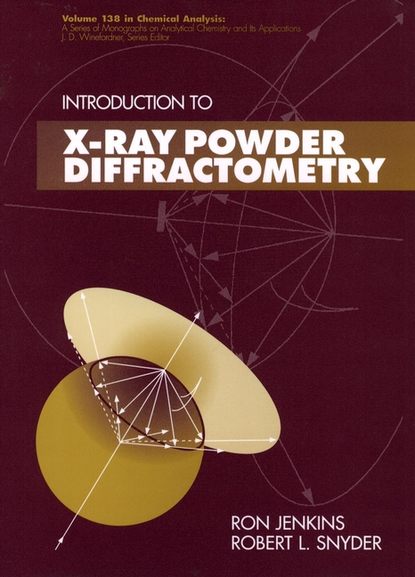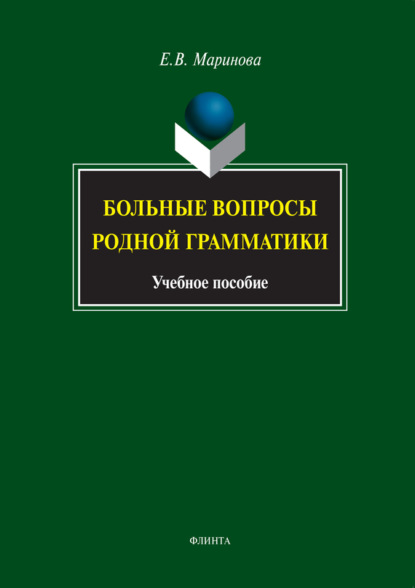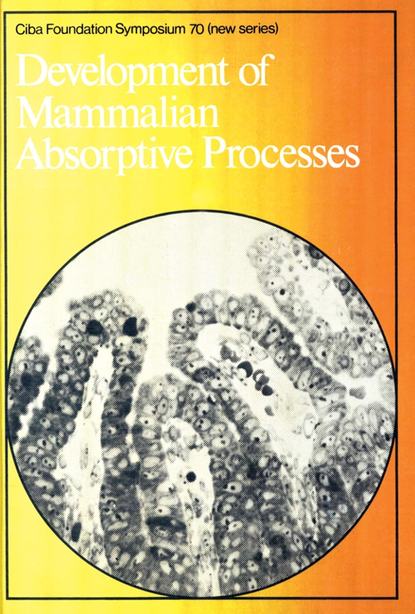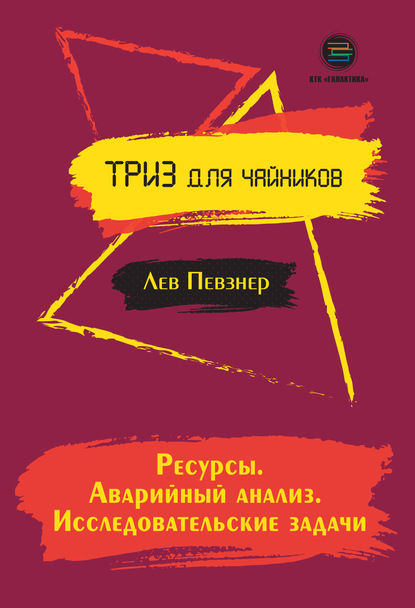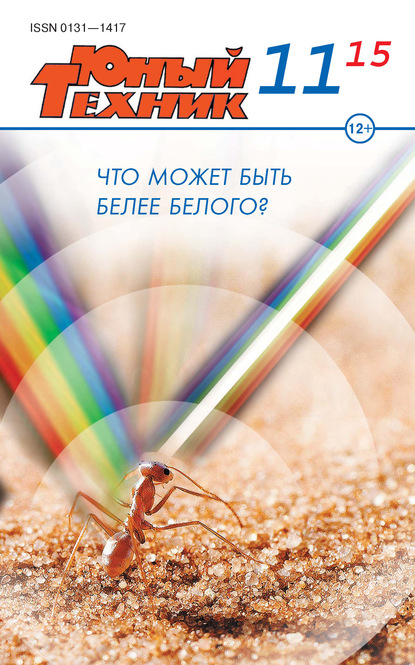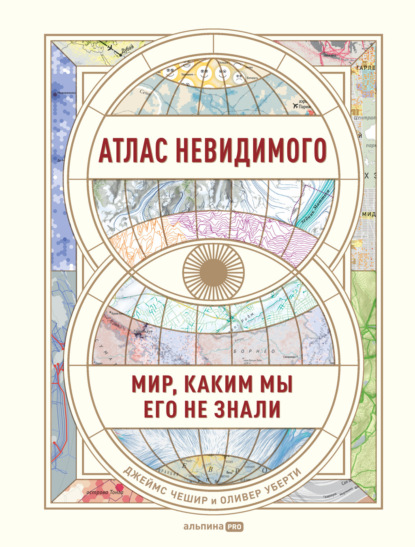При облучении рентгеновскими лучами твердые материалы дают характерные картины рассеяния, напоминающие отпечатки пальцев. Рентгеновская порошковая дифрактометрия - это метод, который позволяет "взять отпечатки" твердых образцов для их последующей идентификации и каталогизации, подобно тому, как ФБР хранит отпечатки пальцев в своих архивах. Современная база данных, содержащая около 70 000 "отпечатков" материалов, используется в самых разных областях - от анализа лунных пород до проверки чистоты лекарственных препаратов.
Книга "Введение в рентгеновскую порошковую дифрактометрию" полностью освещает достижения в этой области за последние пятнадцать лет и дает необходимое объяснение современным методам исследования материалов. В ней рассматриваются новейшие приборы и методики, с акцентом на основы дифрактометрии, его компоненты, юстировку, калибровку и автоматизацию.
Первые три главы излагают теорию дифракции простым и понятным языком, доступным как студентам, так и специалистам в области химии, физики, геологии и материаловедения. Средние главы описывают методики и оборудование, используемые в рентгеновской дифрактометрии, включая рентгеновские источники, детекторы и получение монохроматического излучения. За главой, посвященной конструированию прибора и калибровке, следует раздел о подготовке образцов, сборе и обработке данных. Заключительные две главы подробно рассматривают качественный и количественный анализ.
Хотя материал излагается в логическом порядке, начиная с основ и переходя к более сложным концепциям, каждая глава является самодостаточной и может изучаться независимо или использоваться как справочник. Более 230 иллюстраций и таблиц наглядно демонстрируют методики и разъясняют сложные концепции.
Книга написана доступным языком, актуальна по времени и удобна в использовании. Она будет чрезвычайно полезна как учебное пособие и профессиональный справочник для аналитических химиков, физиков, геологов, материаловедов, а также студентов старших курсов и аспирантов в области материаловедения и аналитической химии.
Введение в рентгеновскую порошковою дифрактометрию (ентегра вторуснак) № (тако далемботно писмено) Кгоменьска) Уобрзца № Смидкобине уметовне Сизтелене СОДЕРЖАНИЕ.
Электронная Книга «Introduction to X-Ray Powder Diffractometry» написана автором Robert Snyder в году.
Минимальный возраст читателя: 0
Язык: Английский
ISBN: 9781118520918
Описание книги от Robert Snyder
When bombarded with X-rays, solid materials produce distinct scattering patterns similar to fingerprints. X-ray powder diffraction is a technique used to fingerprint solid samples, which are then identified and cataloged for future use-much the way the FBI keeps fingerprints on file. The current database of some 70,000 material prints has been put to a broad range of uses, from the analysis of moon rocks to testing drugs for purity. Introduction to X-ray Powder Diffractometry fully updates the achievements in the field over the past fifteen years and provides a much-needed explanation of the state-of-the-art techniques involved in characterizing materials. It covers the latest instruments and methods, with an emphasis on the fundamentals of the diffractometer, its components, alignment, calibration, and automation. The first three chapters outline diffraction theory in clear language, accessible to both students and professionals in chemistry, physics, geology, and materials science. The book's middle chapters describe the instrumentation and procedures used in X-ray diffraction, including X-ray sources, X-ray detection, and production of monochromatic radiation. The chapter devoted to instrument design and calibration is followed by an examination of specimen preparation methods, data collection, and reduction. The final two chapters provide in-depth discussions of qualitative and quantitative analysis. While the material is presented in an orderly progression, beginning with basic concepts and moving on to more complex material, each chapter stands on its own and can be studied independently or used as a professional reference. More than 230 illustrations and tables demonstrate techniques and clarify complex material. Self-contained, timely, and user-friendly, Introduction to X-ray Powder Diffractometry is an enormously useful text and professional reference for analytical chemists, physicists, geologists and materials scientists, and upper-level undergraduate and graduate students in materials science and analytical chemistry. X-ray powder diffraction-a technique that has matured significantly in recent years-is used to identify solid samples and determine their composition by analyzing the so-called «fingerprints» they generate when X-rayed. This unique volume fulfills two major roles: it is the first textbook devoted solely to X-ray powder diffractometry, and the first up-to-date treatment of the subject in 20 years. This timely, authoritative volume features: * Clear, concise descriptions of both theory and practice-including fundamentals of diffraction theory and all aspects of the diffractometer * A treatment that reflects current trends toward automation, covering the newest instrumentation and automation techniques * Coverage of all the most common applications, with special emphasis on qualitative and quantitative analysis * An accessible presentation appropriate for both students and professionals * More than 230 tables and illustrations Introduction to X-ray Powder Diffractometry, a collaboration between two internationally known and respected experts in the field, provides invaluable guidance to anyone using X-ray powder diffractometers and diffractometry in materials science, ceramics, the pharmaceutical industry, and elsewhere.
